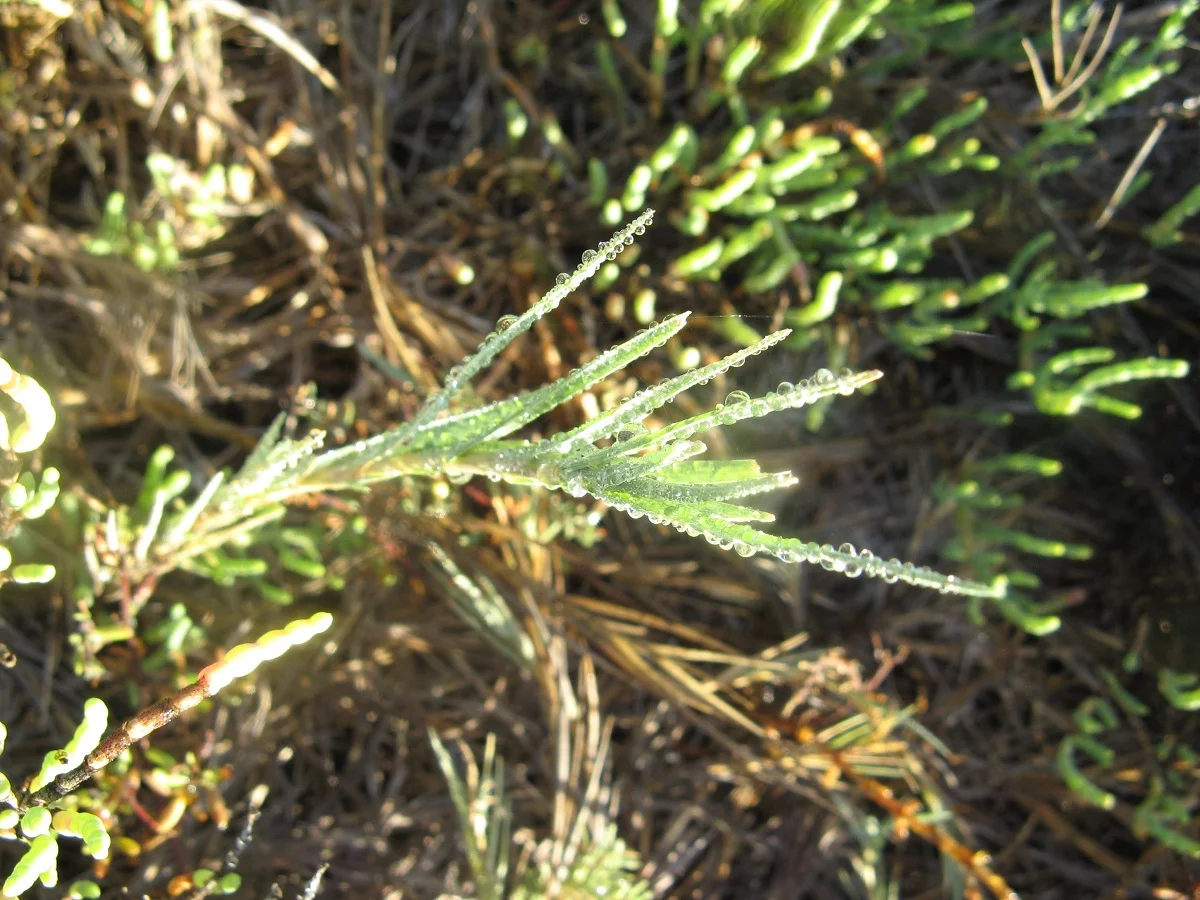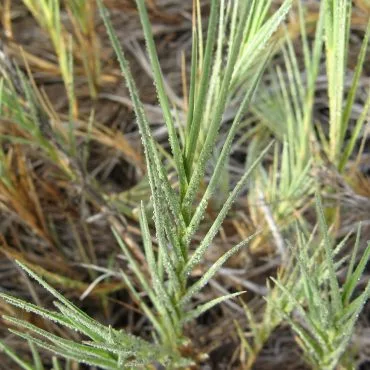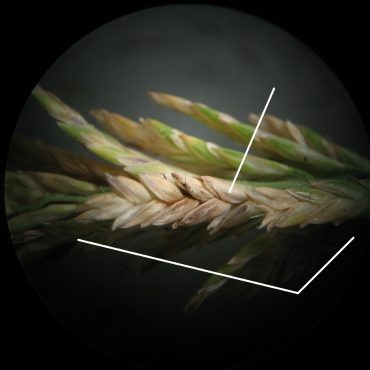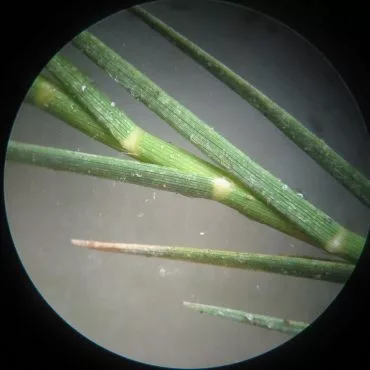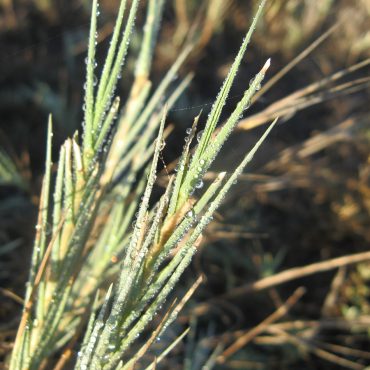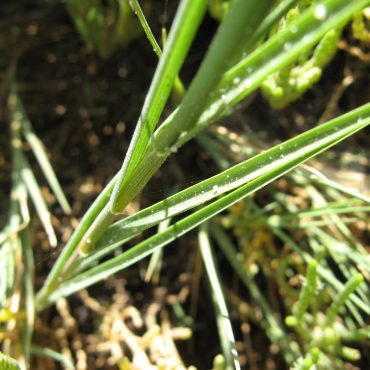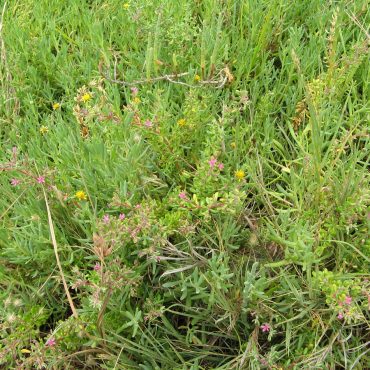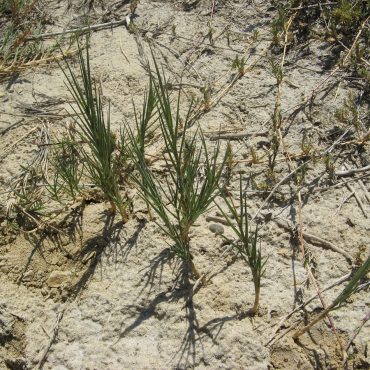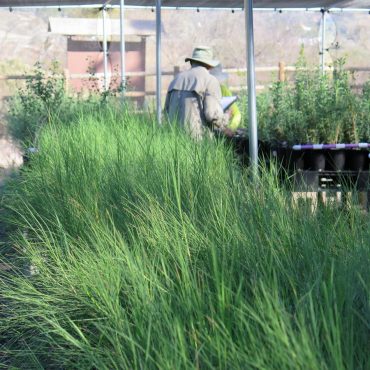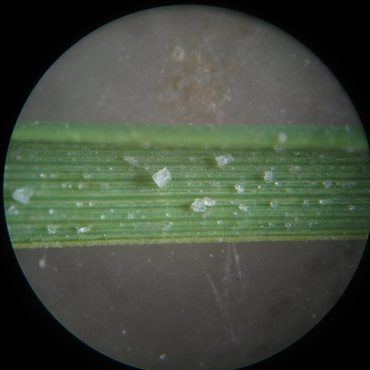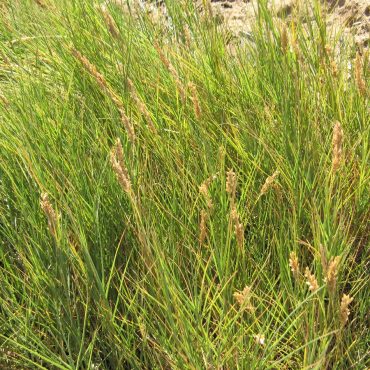Classification
2,11,44,129
Salt grass is an herbaceous perennial monocot in the grass family (Poaceae, formerly Gramineae). The grass family is the fifth largest plant family and is considered to be the most economically important, containing such important food crops as wheat, rice, oats, corn, and sugar cane. Grass leaves elongate from the leaf base rather than the tip and this allows grasses to be repeated grazed without damaging the plant, making them excellent forage crops.41,310
Grasses have unique terminology. They are recognized by their cylindrical stems (culms), which are generally hollow or pith-filled with solid joints (nodes). Leaves (blades) are flat, attached to alternate nodes; leaf bases wrap the stem forming the leaf sheaths.
Grass is most likely to be mistaken for sedges (Cuperaceae) or rushes (Juncaceae); This old jingle may help:310
“Sedges have edges
and rushes are round.
Grasses have nodes
where the leaves are found.”
Grasses are wind pollinated, and this has resulted in a highly modified flower structure with unique terminology. There are no petals or sepals. The pistil and stamens are enclosed in two specialized bracts (the palea and the lemma); together these make up a grass floret. One or more floret is grouped along an axis (rachilla) forming a spikelet; beneath each spikelet are two additional bracts (glumes). Spikelets may themselves be clustered into larger assemblages. There are generally three stamens with long filaments and large anthers. The wind-born pollen is tiny. The pistil consists of a superior ovary and two plumose styles.
There are two species of Distichlis native to the United States (D. spicata and D. littoralis129); both grow in the Reserve. They are distinguished from one another by the vegetative growth form, by the number of spikelets in a cluster and by the number of bracts (glumes) at the base of a spikelet.2
Jepson eFlora Taxon Page

